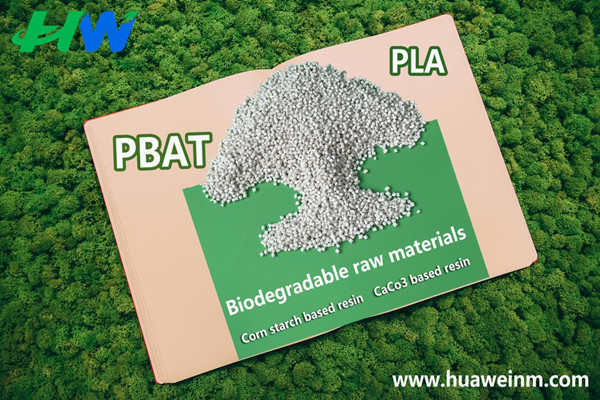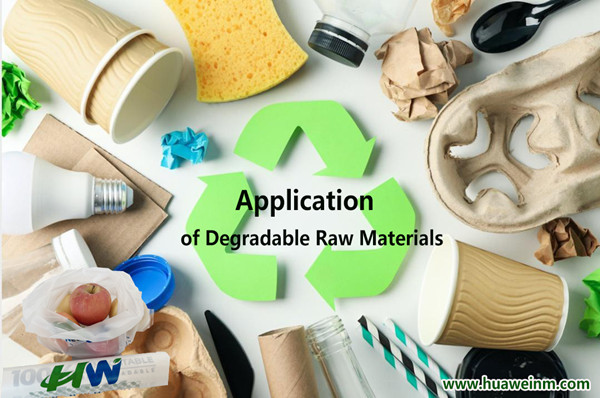With the continuous increase of population and industry, the environment in urban and rural areas has been deteriorating, and biodegradable materials can effectively reduce the degree of environmental pollution. For example, packaging bags and tableware used in daily life, if made of biodegradable materials, can be decomposed by microorganisms or other organisms after use, reducing the generation of garbage and leaving no toxic or harmful waste. Compared to traditional plastic products, biodegradable materials are more easily accepted and decomposed by nature, thereby reducing pollution to environmental resources such as land and water bodies.

The application of biodegradable materials can promote circular economy in the production process. In traditional production processes, in order to reduce costs, a large amount of non degradable materials are often chosen, which often become garbage after use and increase environmental burden. The production method using biodegradable materials can achieve the goal of "zero waste", where raw materials and their products can be recycled after use, effectively reducing the pressure on the environment and resources.
Producing a product requires a large amount of raw materials and energy, and using biodegradable materials can reduce resource consumption. Degradable materials are often made from renewable materials or biomass as raw materials, which can be grown repeatedly in a short period of time and use less chemicals and energy in the production process. Meanwhile, biodegradable materials have a relatively short lifespan and can be quickly decomposed and reused, thereby reducing the consumption of precious resources.
In summary, biodegradable materials have multiple advantages that can effectively reduce environmental burden, promote circular economy, and reduce resource consumption. In the future, with the continuous advancement of technology and the increasingly mature processing and application technology of biodegradable materials, the application prospects of biodegradable materials will become increasingly broad.

The biodegradable materials market has broad prospects and is expected to maintain rapid growth in the coming years. The global emphasis on environmental protection and policy promotion have led to a surge in demand for biodegradable materials in the market, especially in the fields of packaging, agriculture, and healthcare, with broad application prospects. According to predictions, by 2025, the global market size for biodegradable plastics will reach tens of billions of dollars, and the Chinese market size will also reach around 50 billion yuan.
The growth of the biodegradable materials market is mainly due to policy promotion and technological progress. In recent years, governments around the world have introduced policies to restrict the use of traditional plastics and encourage the research and application of biodegradable materials. For example, the Chinese government has issued the "Opinions on Further Strengthening the Control of Plastic Pollution", which clearly proposes to prohibit and restrict the production and use of some plastic products, and promote alternative products such as biodegradable plastics. In addition, the integration of nanotechnology and biotechnology optimizes the performance of biodegradable materials, such as PBAT, PLA (polylactic acid), corn starch modified materials, calcium carbonate modified materials, etc., which can completely decompose in natural environments and become mainstream products.
Degradable materials have broad application prospects in multiple fields. In the field of packaging, fully biodegradable materials can be used to make tableware, shopping bags, etc., reducing environmental pollution. In the field of agriculture, biodegradable plastic film can replace traditional plastic film and reduce soil pollution. In the medical field, biodegradable materials are used to make orthopedic internal fixation devices, cardiovascular stents, etc., reducing the risk of secondary surgery and medical costs. In addition, with the advancement of technology, the application of biodegradable materials will continue to expand in more fields.
Faced with huge market opportunities, many enterprises have been laying out the biodegradable materials industry. From raw material supply, production and processing to product application, enterprises in all links of the entire industry chain work together to promote the development of the industry. Leading enterprises not only make breakthroughs in technological research and development, but also meet market demand by investing in factory construction, expanding production capacity, and actively exploring new business models and market applications.
